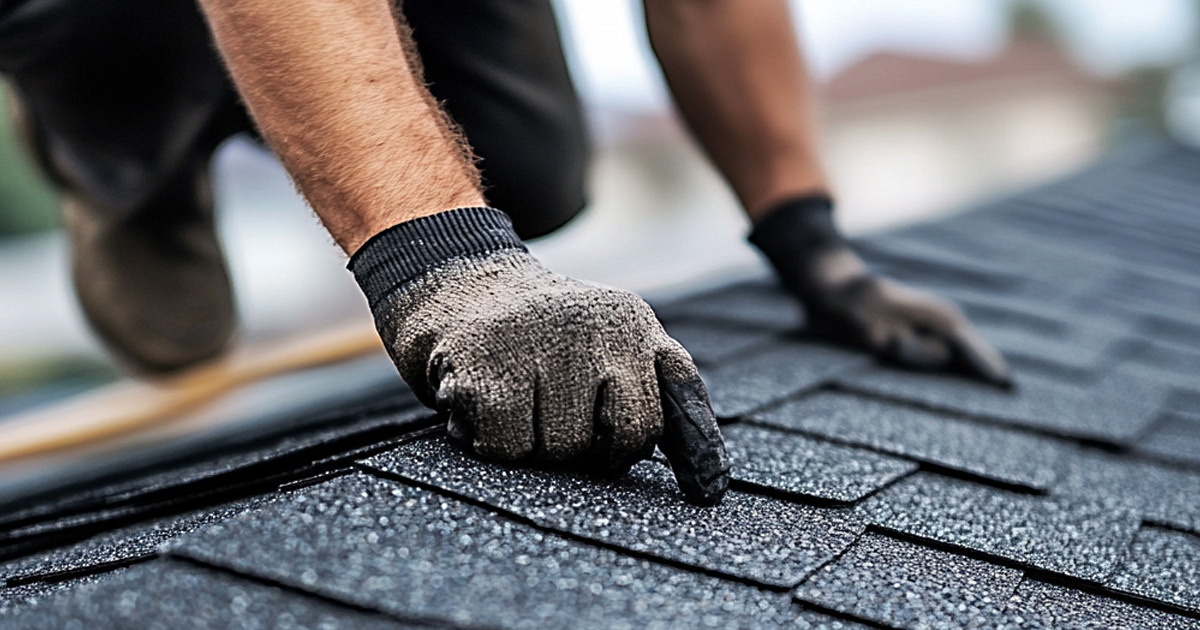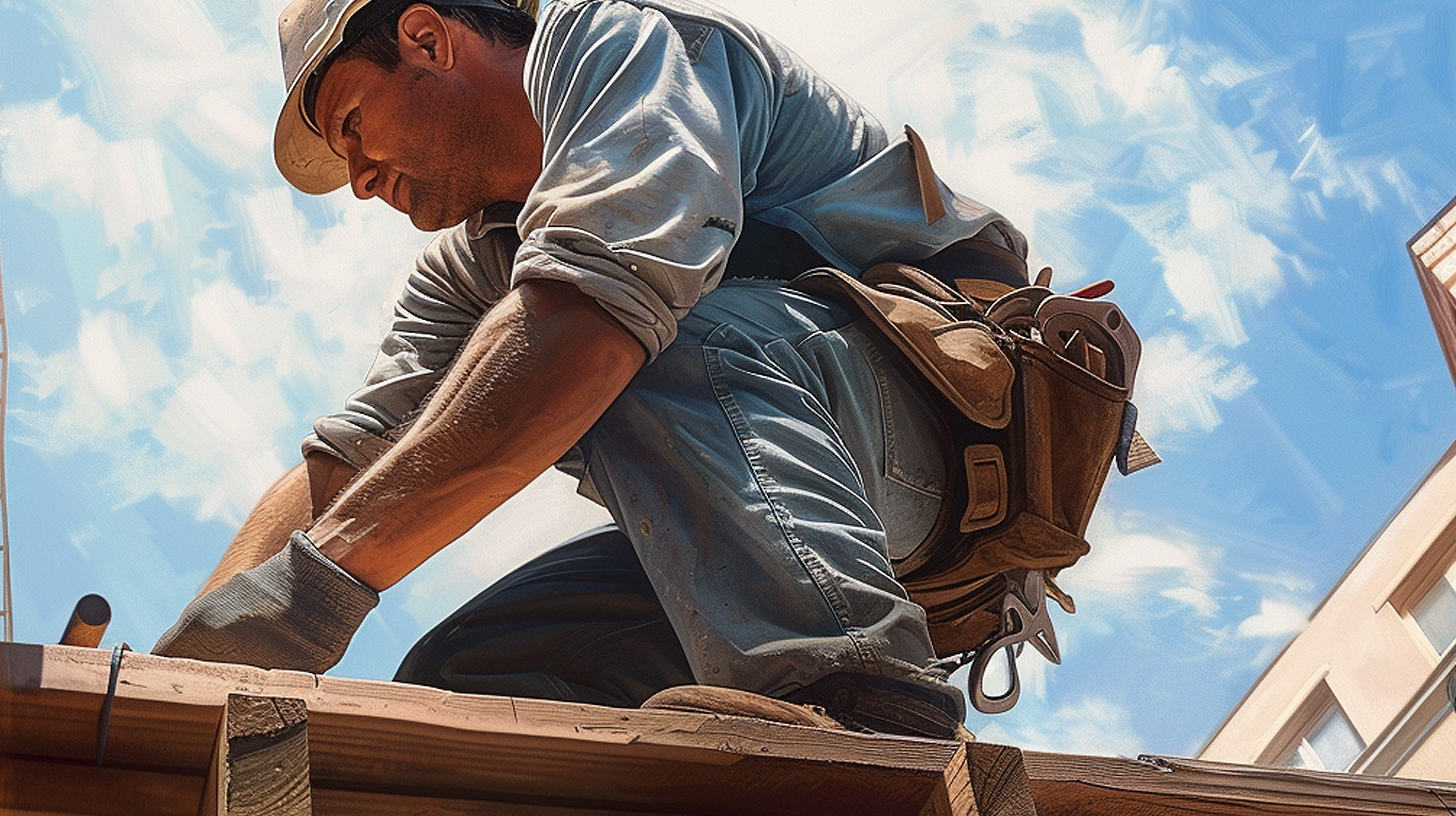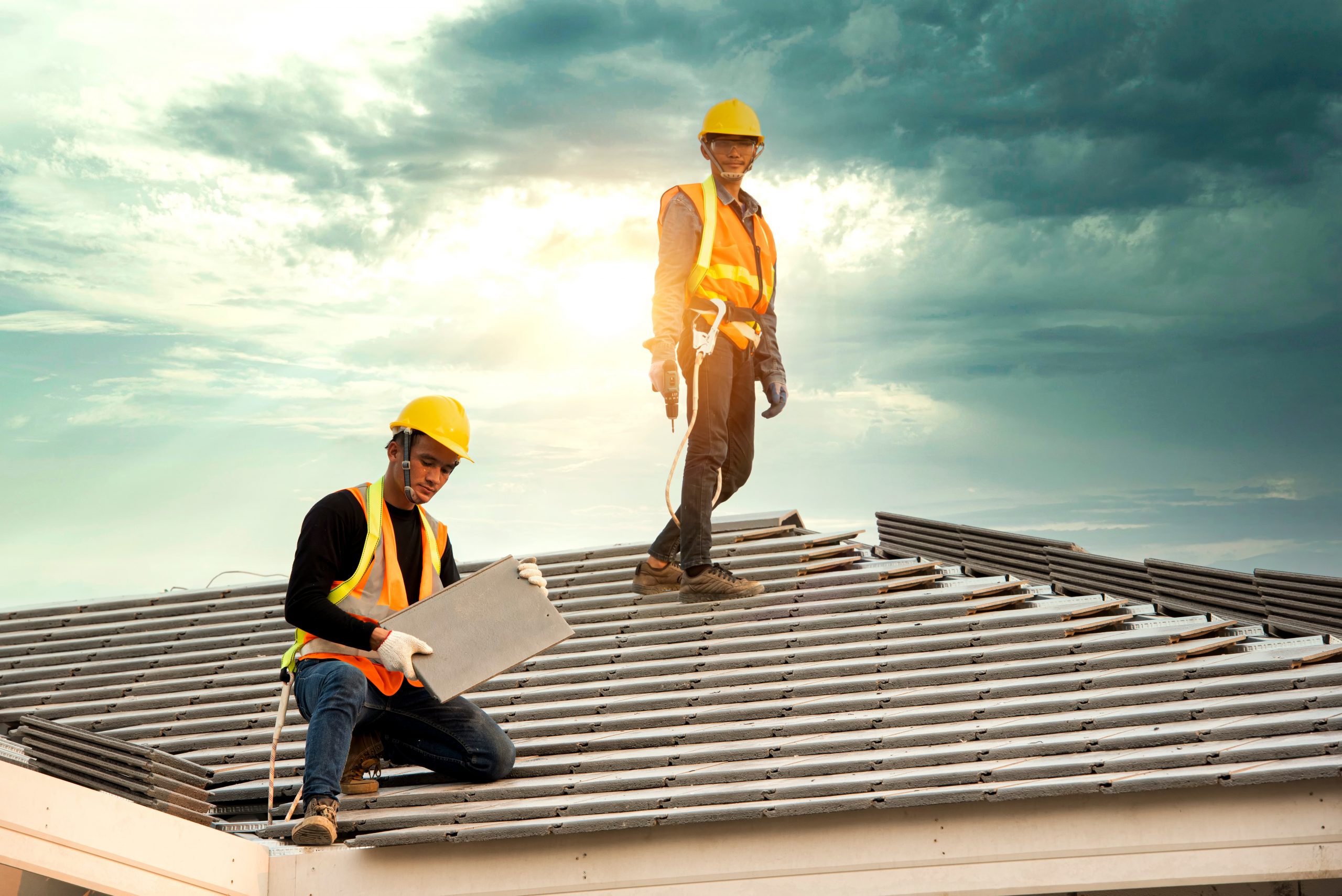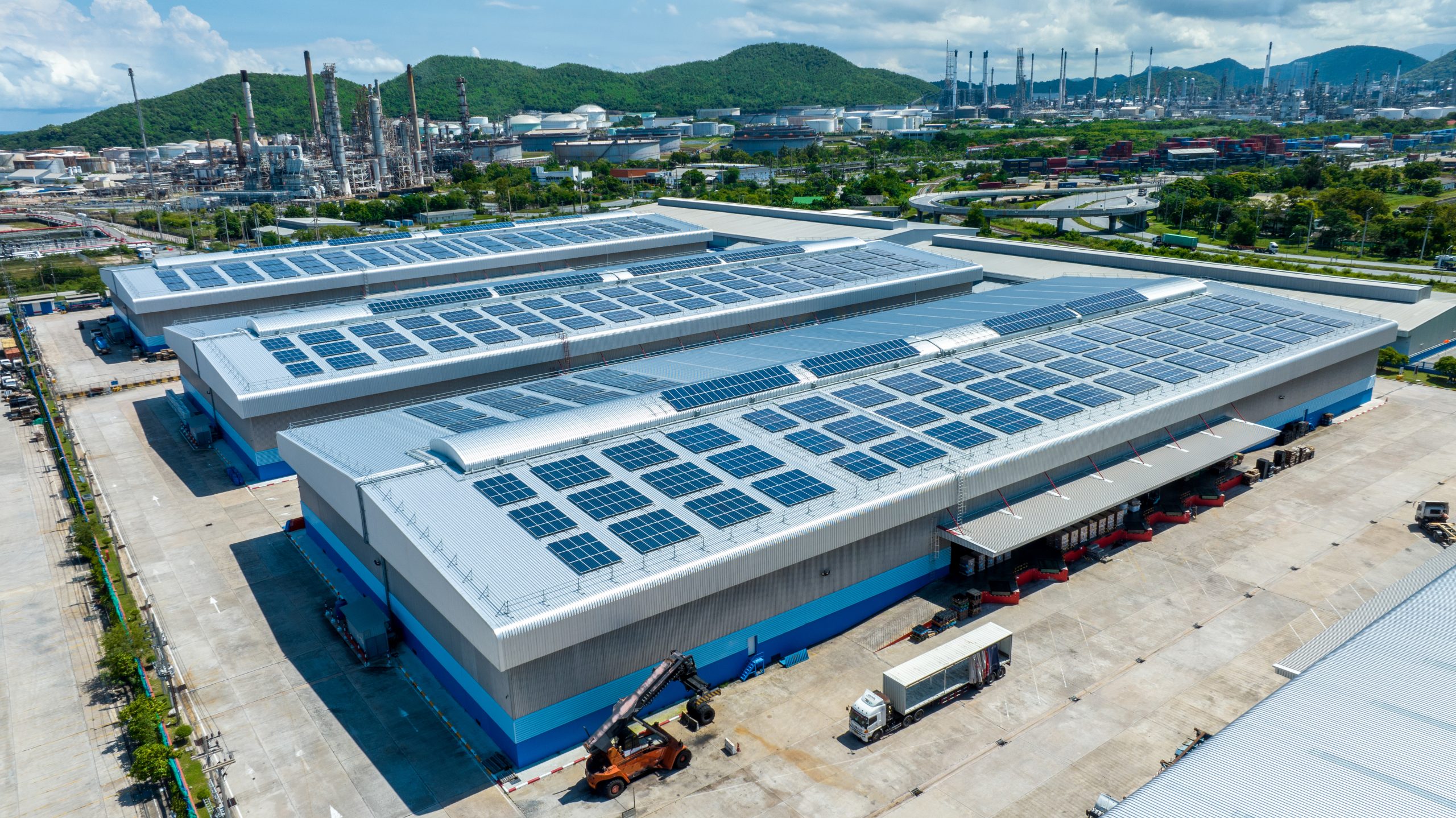Roof inspections are a critical aspect of home maintenance that often goes overlooked. Understanding the importance of roof inspections can save homeowners from costly repairs and potential hazards. But why inspect roofs regularly? The primary reason is to identify and address minor issues before they escalate into major problems. Regular roof maintenance ensures that any damage caused by weather, wear and tear, or other factors is promptly repaired, extending the lifespan of your roof.
The benefits of roof inspections are manifold. First and foremost, they help in detecting leaks early on, preventing water damage to the interior of your home. Inspections also reveal signs of structural damage or weakening that could compromise the safety of your household. Additionally, maintaining a well-inspected roof can enhance energy efficiency by ensuring proper insulation and ventilation, leading to lower utility bills.
In summary, regular roof inspections are an essential practice for maintaining the integrity and safety of your home. By understanding the importance of roof inspections and incorporating them into your routine maintenance schedule, you can protect your investment and ensure peace of mind for years to come.
The Key Benefits of Regular Roof Inspections
Regular roof inspections offer numerous benefits that can save homeowners time, money, and stress in the long run. One of the primary roof inspection benefits is the prevention of roof damage. By identifying potential problems early, such as loose shingles or minor leaks, homeowners can address these issues before they escalate into more significant and costly repairs.
Another crucial advantage of regular roof inspections is their ability to extend the roof’s lifespan. Routine checks ensure that any wear and tear are promptly managed, which helps maintain the structural integrity of the roof over time. This proactive approach not only preserves the quality of the roofing materials but also delays the need for a full roof replacement.
Early detection of issues is another key benefit that comes with regular inspections. Problems like water damage, mold growth, or even pest infestations can be spotted and dealt with before they cause extensive harm to both the roof and interior spaces. This timely intervention helps maintain a safe and healthy living environment while avoiding unexpected repair expenses.
In summary, scheduling regular roof inspections is a wise investment for any homeowner. It prevents damage, extends your roof’s lifespan, and allows for early detection of potentially serious issues—ultimately ensuring peace of mind and long-term savings.
Common Issues Detected During Roof Inspections
During a roof inspection, several common issues are often detected that can compromise the integrity and safety of your home. One of the most prevalent problems is roof leaks. These leaks can result from various factors such as damaged flashing, clogged gutters, or worn-out sealant around vents and chimneys. Left unaddressed, roof leaks can lead to significant water damage inside the home.
Structural damage is another critical issue that inspectors frequently encounter. This type of damage may be due to prolonged exposure to harsh weather conditions or poor initial construction. Signs of structural damage include sagging areas on the roof, cracks in the walls or ceiling, and uneven surfaces.
Missing shingles are also a common problem found during roof inspections. Shingles can be dislodged by strong winds or heavy storms, leaving parts of your roof exposed to the elements. This vulnerability increases the risk of water infiltration and subsequent damage.
Lastly, inspectors look for signs of water damage both on and below the roofing material. Water stains on ceilings and walls inside your home are clear indicators that there might be an issue with your roof’s ability to repel moisture effectively.
Identifying these issues early through regular inspections can save homeowners from costly repairs down the line and ensure their roofs remain in good condition for years to come.
The Best Time for Scheduling Roof Inspections
When it comes to maintaining the integrity of your home, scheduling regular roof inspections is crucial. Understanding the best times for these inspections can help you prevent costly repairs and extend the lifespan of your roof.
**Seasonal Roof Inspection Times**
One of the most effective strategies is to align your roof inspections with seasonal changes. Spring and fall are particularly ideal as they follow extreme weather conditions—winter’s cold and summer’s heat. These periods allow you to address any damage caused by harsh temperatures before they worsen.
**Pre-Winter Roof Checkup**
A pre-winter roof checkup is essential for preparing your home against the upcoming cold, snow, and ice. Inspecting your roof in late autumn ensures that any minor issues, such as loose shingles or clogged gutters, are resolved before winter sets in. This proactive approach minimizes the risk of leaks and structural damage during heavy snowfall.
**Post-Storm Inspections**
Finally, post-storm inspections should not be overlooked. Severe weather events like thunderstorms, hurricanes, or hailstorms can cause significant damage that might not be immediately visible. Scheduling an inspection after such events helps identify and repair issues like broken shingles or water infiltration early on.
By adhering to these strategic inspection times—seasonal checks in spring and fall, pre-winter preparation, and post-storm assessments—you can maintain a robust roofing system that protects your home year-round.
DIY vs. Professional Roof Inspections: What You Need to Know
When it comes to maintaining the integrity of your home, roof inspections play a crucial role. Homeowners often face the dilemma of whether to carry out DIY roof inspections or hire a professional roofer. Understanding the pros and cons of each approach can help you make an informed decision.
DIY roof inspection tips are useful for those who prefer a hands-on approach. Simple tasks like checking for visible damage, loose shingles, or clogged gutters can be done without professional help. DIY roofing checks can save money and provide immediate insights into minor issues that need attention. However, it’s important to note that DIY inspections come with limitations. Lack of expertise means you might miss underlying problems that could escalate over time.
On the other hand, hiring a professional roofer offers several advantages. Professional roofers bring specialized knowledge and tools to thoroughly assess your roof’s condition. They can identify hidden issues such as leaks, structural damage, or poor insulation that an untrained eye might overlook. While there is a cost associated with hiring professionals, their expertise ensures comprehensive evaluations and long-term peace of mind.
In conclusion, both DIY and professional roof inspections have their merits. For minor checks and routine maintenance, DIY methods can be effective if done carefully following proper guidelines. However, for thorough assessments and complex issues, hiring a professional roofer is advisable to ensure your home’s protection in the long run.
The Cost Factor: Are Regular Roof Inspections Worth It?
When it comes to maintaining your home, the roof often doesn’t get the attention it deserves until a problem arises. However, regular roof inspections can be a cost-effective strategy that offers significant long-term savings. Let’s delve into the cost factor and analyze why routine checks are worth every penny.
A thorough roof inspection typically ranges from $100 to $300, depending on factors like the size of your home and the complexity of your roofing system. While this might seem like an added expense, consider it an investment in your home’s longevity. By identifying potential issues early—such as minor leaks, damaged shingles, or gutter blockages—you can address them before they escalate into costly repairs or even necessitate a full roof replacement.
Cost-effective maintenance tips also play a crucial role in maximizing the benefits of regular inspections. Simple actions like clearing debris from gutters and trimming overhanging branches can prevent water damage and extend the life of your roof. These minor tasks complement professional inspections by keeping your roofing system in optimal condition between expert visits.
The most compelling argument for routine checks is long-term savings with regular checks. Minor repairs identified during an inspection are far less expensive than emergency fixes or major renovations caused by neglect. Additionally, well-maintained roofs are more energy-efficient, reducing heating and cooling costs—a win-win for both your wallet and comfort.
In conclusion, while there is an upfront cost associated with regular roof inspections, the financial benefits far outweigh these initial expenses. Through proactive maintenance and early problem detection, you ensure not only the durability of your roof but also substantial long-term savings.










